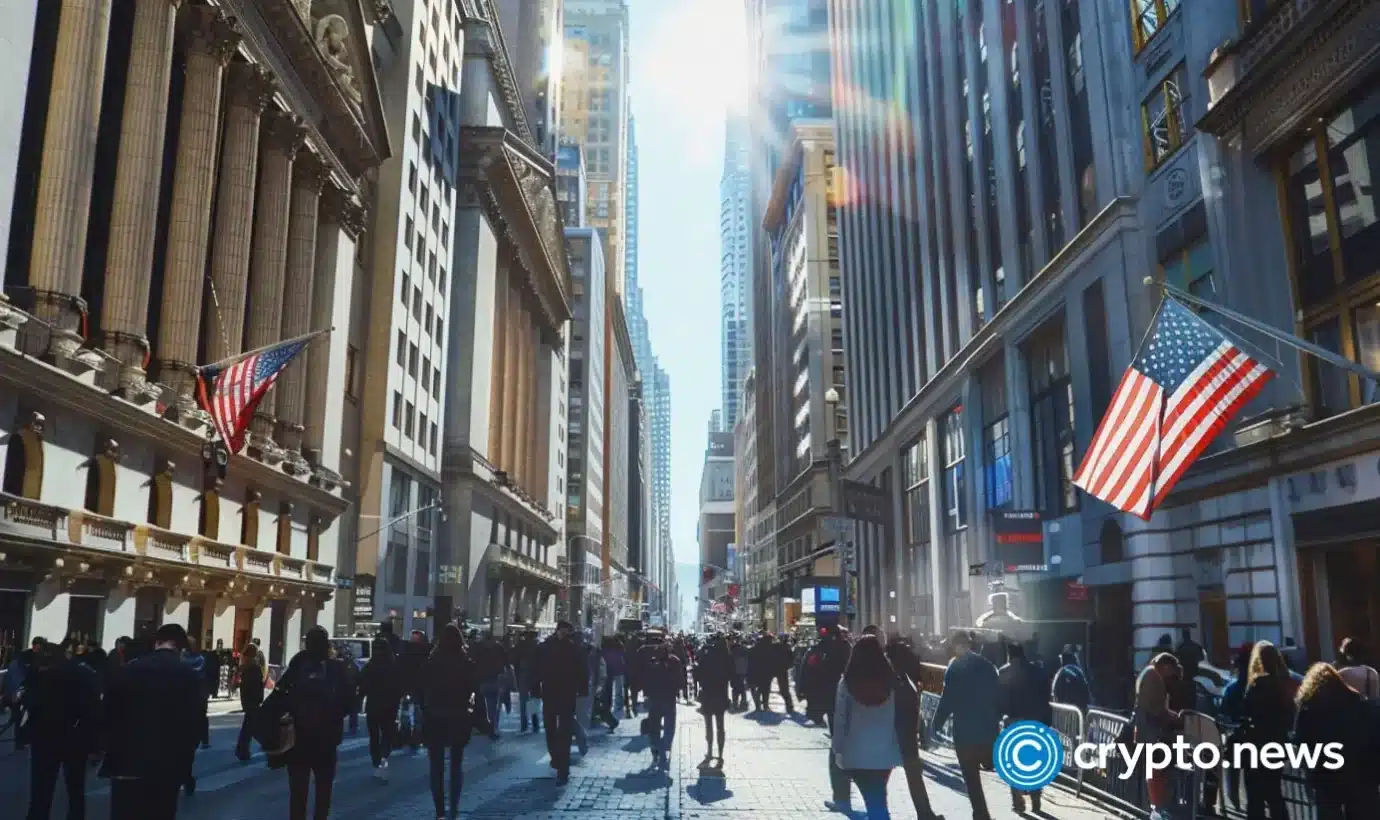
On August 5, 2024, a cascade of opposing political and economic news triggered a massive drop in both US and Asian markets. This was swiftly followed by a sharp decline in the cryptocurrency market, which saw its total capitalization plummet by 12% within 24 hours. The broad stock selloff, driven by concerns over the economic outlook and escalating geopolitical tensions, intensified market volatility and dampened investor sentiment across the board, spilling over into the crypto market.
The recent market turbulence is a stark reminder of the growing interdependence between cryptocurrency and traditional financial markets. As cryptocurrencies gain mainstream acceptance and attract significant institutional capital, the lines between these markets are becoming increasingly blurred. While beneficial in many ways, this interconnection also means that tradfi shocks reverberate through the crypto space with greater intensity and speed.
The double-edged sword of institutional capital
The crypto industry has undoubtedly seen a significant influx of institutional capital in recent years. Still, this development has been a double-edged sword. On the one hand, the entry of institutional investors has driven crypto’s mass adoption and contributed to the industry’s maturation. On the other hand, it has also created a stronger correlation between the crypto and tradfi markets. When the stock market crashes, the crypto one often follows suit.
Institutional capital has brought legitimacy and credibility to the cryptocurrency market. Financial giants and large investment funds entering the space have injected substantial liquidity and enhanced the industry’s image as a viable investment option. This influx has facilitated the development of sophisticated financial products and services—crypto futures, options, and ETFs, which have further integrated cryptocurrencies into the broader financial ecosystem.
However, this integration comes with its own set of challenges. The increased participation of institutional investors means that the crypto market is no longer insulated from the broader economic and geopolitical forces that drive traditional markets. When there is a broad stock selloff, as we witnessed recently, the ripple effects are felt in the crypto market as well due to this interconnectedness that amplifies the volatility and susceptibility of the crypto market to external shocks.
Monetary policy: The invisible hand shaping crypto prices
Monetary policy shifts, particularly changes in interest rates, profoundly impact cryptocurrency prices. The recent bets on US interest-rate cuts have sparked discussions about their potential positive effects on the crypto market. Historically, monetary tightening has posed significant challenges for the crypto industry. The recent significant liquidations in crypto bets serve as a stark reminder of this dynamic. When interest rates rise, liquidity tends to tighten, leading to a contraction in the availability of capital for investment in riskier assets like cryptocurrencies.
When central banks lower interest rates or engage in quantitative easing, the resulting increase in liquidity can flow into higher-risk assets, including cryptocurrencies. This influx of capital can drive up crypto prices as investors seek better returns than traditional assets. Conversely, when central banks shift towards monetary tightening to curb inflation or stabilize the economy, the reduced liquidity and higher borrowing costs can lead to a pullback from riskier investments, including crypto.
The recent market crash underscored this monetary policy impact. As central banks around the world grapple with inflationary pressures and the need to stabilize their economies, their policy decisions have direct and immediate consequences for the cryptocurrency market. Investors need to stay attuned to these developments and understand how shifts in monetary policy can influence market dynamics.
The inevitable crises and why we need to prepare
Despite the challenges, the crypto industry needs institutional capital to continue its growth trajectory. Institutional investments bring financial resources, legitimacy, and a broader acceptance of cryptocurrencies as a viable asset class. However, this reliance on institutional capital still means that the crypto market is increasingly influenced by the same factors that drive the tradfi ones. This growing connection highlights the inevitability of crises like the one we are currently experiencing—and also presents an opportunity for the crypto industry to evolve and mitigate the impact of such crises.
The crypto market’s susceptibility to external shocks is not inherently negative. It reflects the maturing nature of the industry and its integration into the global financial system. Still, it requires a more sophisticated approach to risk management. Crypto firms must recognize the interconnected nature of financial markets and prepare accordingly.
Strategies for resilience
One approach to enhancing the crypto industry’s resilience is the creation of reserve funds. Setting aside funds during stability periods can create a buffer to cushion the impact of market downturns—a concept akin to the tradfi practice of maintaining reserves.
Reserve funds act as a financial safety net, providing liquidity during periods of market stress. Proactive reserves management lets firms weather short-term volatility without resorting to panic selling or other reactionary measures that could exacerbate market downturns.
Another critical measure is implementing proof-of-reserve mechanisms to demonstrate a commitment to transparency and accountability. These mechanisms involve third-party audits and regular reporting to ensure that firms maintain adequate reserves to cover their liabilities. This transparency reassures investors that their assets are secure and that the firm is operating in a financially sound manner.
As we look forward, it is clear that the relationship between the crypto and tradfi markets will only deepen. The key lies in our ability to adapt and implement measures that will maintain the long-term stability and resilience of the crypto industry. The integration of institutional capital into the crypto market is both a blessing and a curse. It drives the industry’s growth and maturation but also ties it more closely to the tradfi markets, making it vulnerable to the same economic and geopolitical forces.
Tổng hợp và chỉnh sửa: ThS Phạm Mạnh Cường
Theo Crypto News
